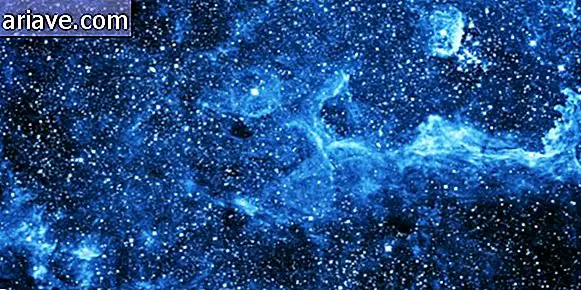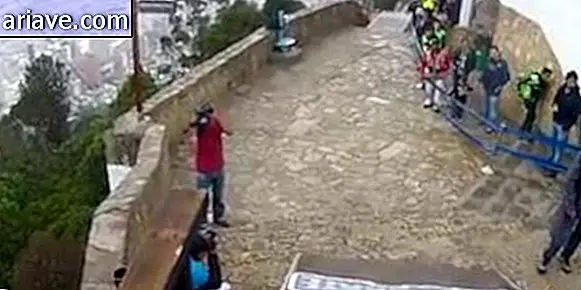Radioactive Chlorine Ice Discovered in Antarctica
According to a group of scientists, radioactive material is still being expelled from Antarctic glaciers, the result of nuclear tests done years ago. During the Cold War, more precisely between the 1950s and 1960s, the United States conducted a series of nuclear tests in the Pacific Ocean, throwing various artificial radioactive chlorine (chlorine-36) isotopes into the stratosphere. Over the years, these elements have descended into the Antarctic ice.
Normally, these chemical elements fade after a few years, a fact that did not occur on the ice sheets where they clustered. These results lead scientists to realize that the regions of the icy continent work differently from what they understood, paving the way for further study to understand how the earth's atmosphere works.

Before you panic and think about the danger of exposed radioactive material as it did in the Chernobyl disaster, it must be clarified that chlorine-36 is a naturally occurring radioactive element that is caused by the chemical reaction of gases in contact with lightning. cosmic or, as is the case, generated from nuclear explosions. So often, scientists use these isotopes to determine the age of the ice in a given area of the continent.
In addition, the amount of radioactivity that is being released is very low, reaching the environment very little, without posing a danger to those living in the region. Therefore, the finding has a positive value because it represents a new way for scholars to understand how chlorine-36 acts.
This is why understanding how this phenomenon occurs is important, as it will help scientists refine the dating method, making it possible and accurate to understand how the earth's climate has changed over the years.











